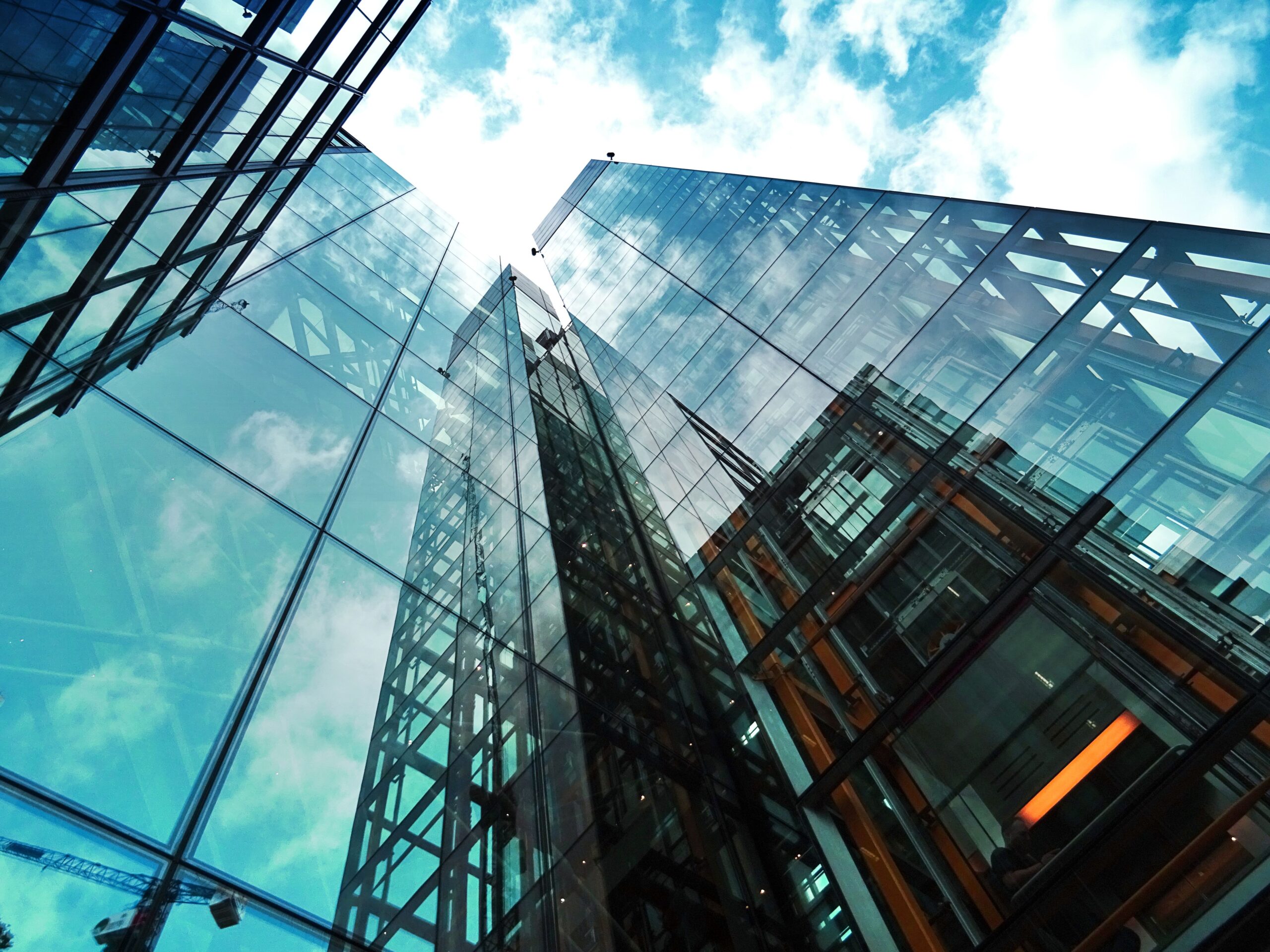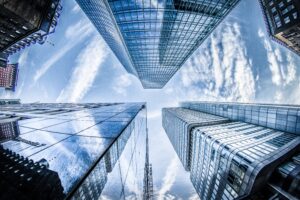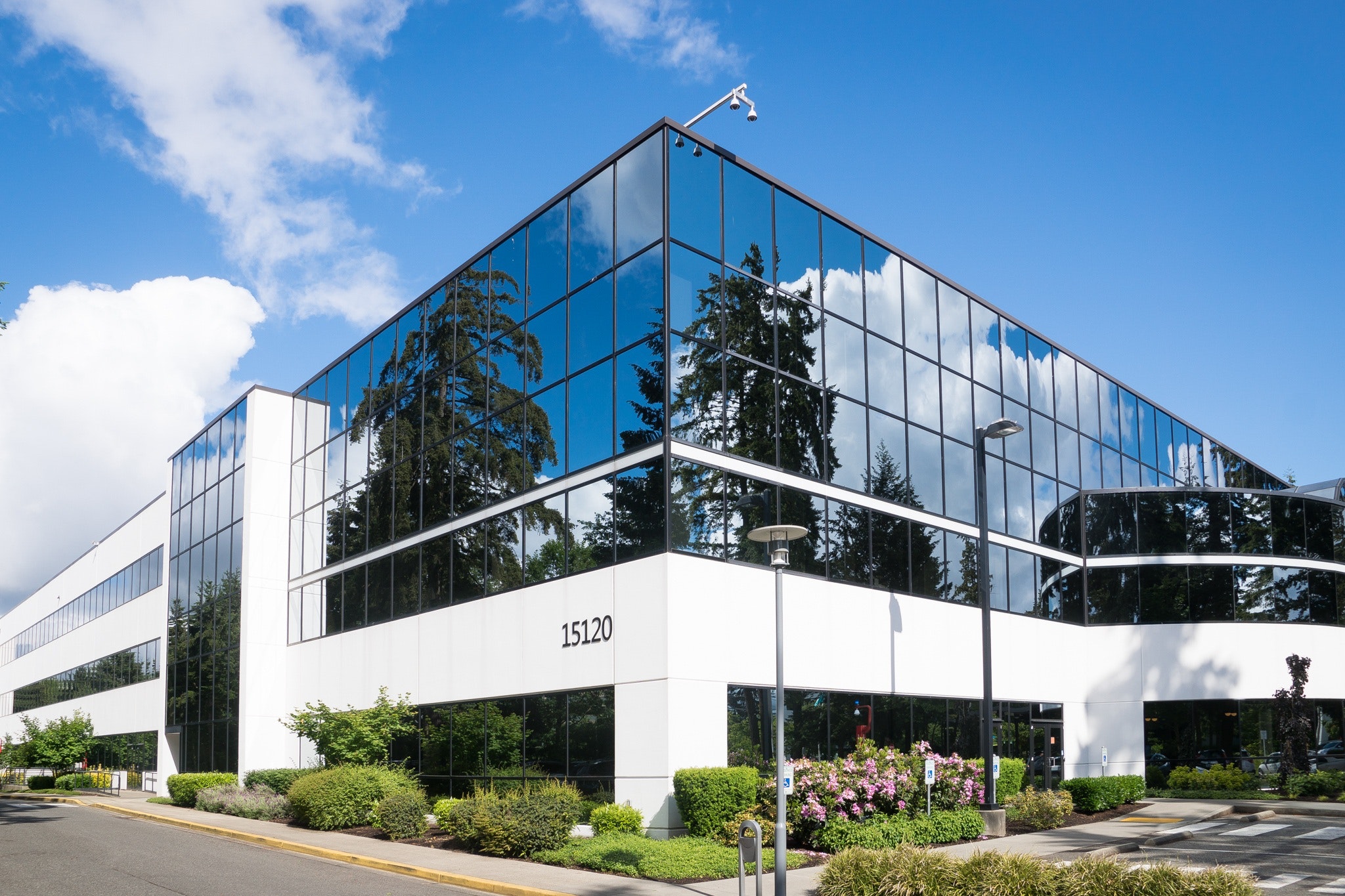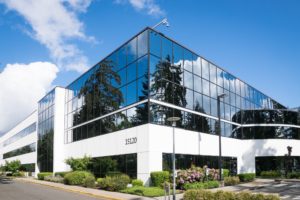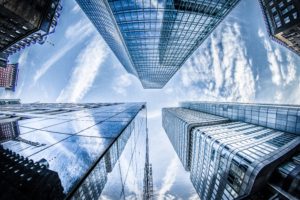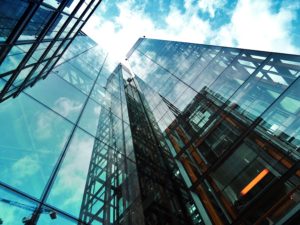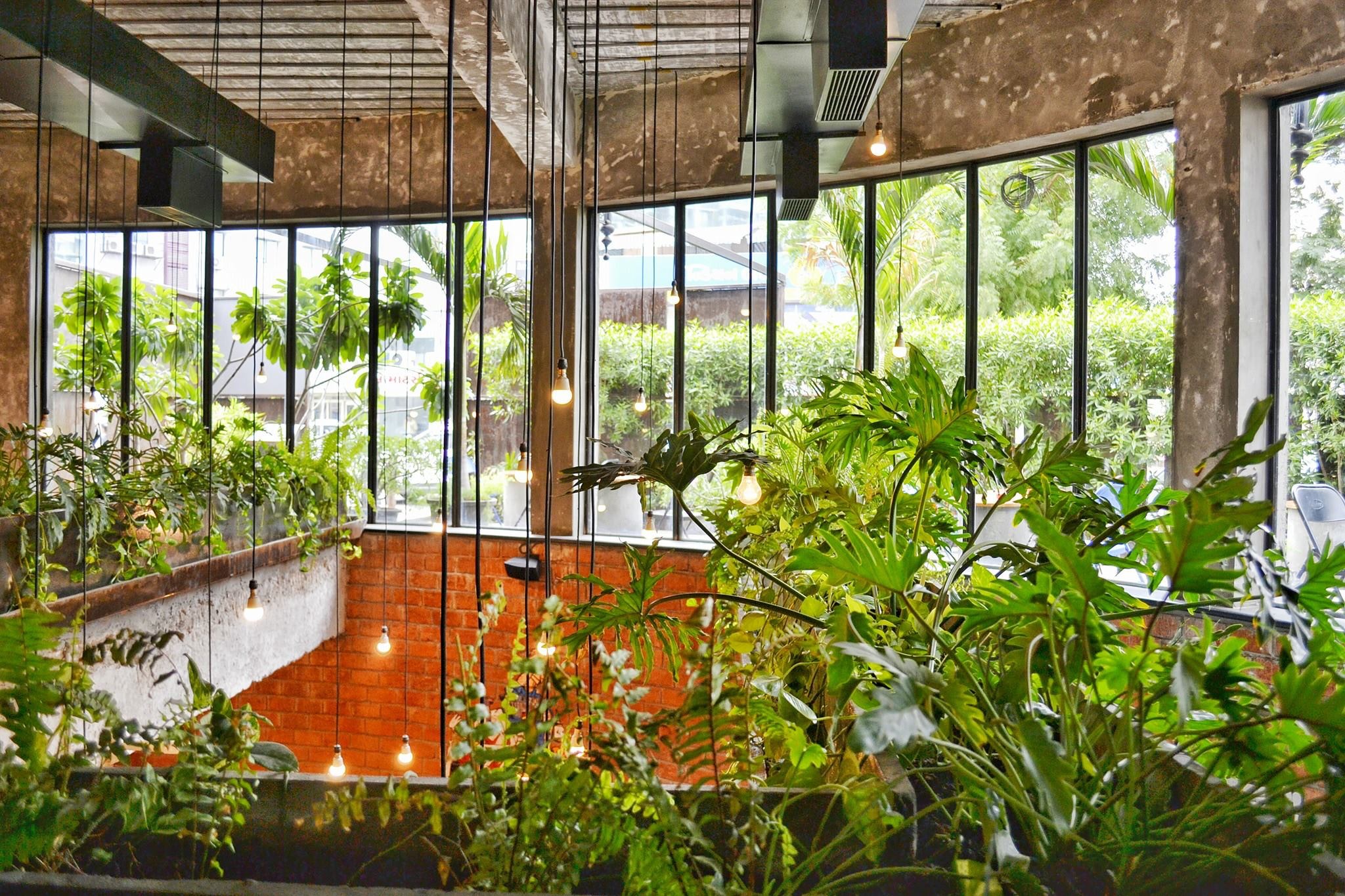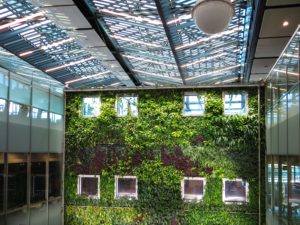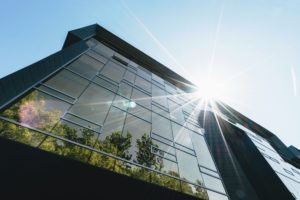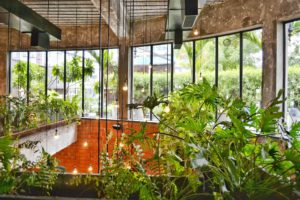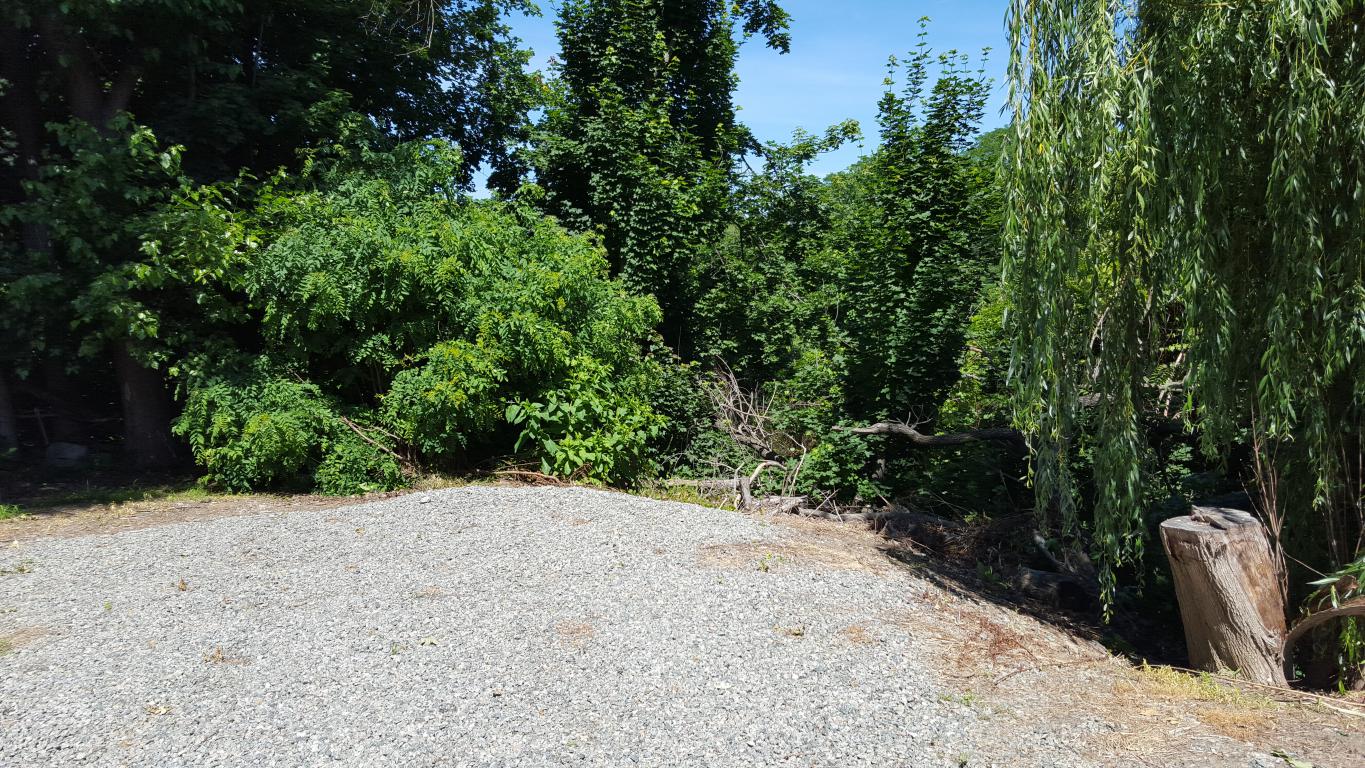
Franny Reese Park is proposed on two existing parcels in the Village of Wappingers Falls.
The project scope includes demolition of the existing buildings on the two parcels and design of an initial phase for construction as well as call out place holders for future improvements.
The scope of construction work includes sawcut pavement and pavement, curbing, and sidewalk removal; reconstruction of existing concrete curb and sidewalks; installation of mechanically stabilized retaining walls as well as fencing and site lighting; and additional site development work.
KC was responsible for providing pre-design services, including area and initial site mapping, topographic survey and base mapping, and development of an asbestos report; design development services, including advancement of the conceptual plan and preparation of preliminary working drawings; and bid phase services, including preparation of contractual bid documents and opinions of probable construction cost in preparation for bidding.
KC also provided State Environmental Quality Review (SEQR) support for buildout of the conceptual plan and preparation of an Environmental Assessment Form (EAF).


